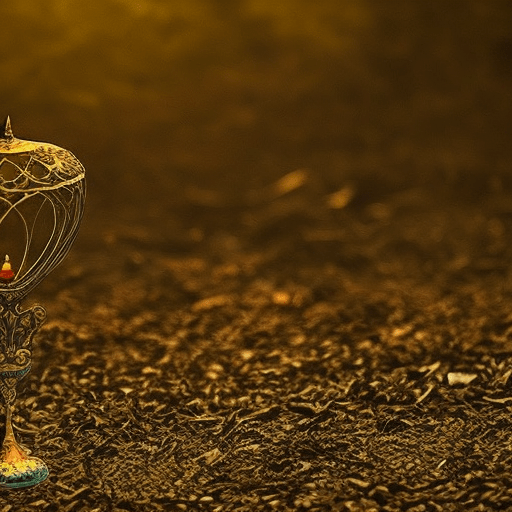The Count of Monte Cristo (2002) – A Tale of Revenge and Redemption
Main Cast and Crew:
- Director: Kevin Reynolds
- Writers: Jay Wolpert (screenplay), Alexandre Dumas (novel)
- Key Actors: Jim Caviezel as Edmond Dantes, Guy Pearce as Fernand Mondego, Richard Harris as Abbé Faria, James Frain as J.F. Villefort, Dagmara Dominczyk as Mercedes Iguanada
- Music Director: Edward Shearmur
- Director of Photography: Andrew Dunn
- Producers: Roger Birnbaum, Gary Barber, Jonathan Glickman
Plot:
In “The Count of Monte Cristo,” Edmond Dantes, a young and ambitious sailor, is falsely accused of treason by his jealous friend Fernand Mondego. Imprisoned in the infamous Château d’If, Dantes befriends the wise and knowledgeable Abbé Faria. Over the course of several years, Faria educates Dantes, teaching him various subjects and revealing the location of a hidden treasure on the island of Monte Cristo.
After Faria’s death, Dantes escapes from prison, retrieves the treasure, and transforms himself into the enigmatic and wealthy Count of Monte Cristo. Under this new identity, he seeks revenge on those who wronged him, including Mondego and the corrupt prosecutor J.F. Villefort. Dantes manipulates their lives, exposing their secrets and orchestrating their downfall.
As Dantes exacts his revenge, he also reconnects with his former love, Mercedes Iguanada, who is now married to Mondego. Their complicated relationship adds emotional depth to the story, as Dantes must confront his feelings for Mercedes while staying true to his mission of revenge.
Themes and Motifs:
“The Count of Monte Cristo” explores themes of betrayal, justice, revenge, and redemption. It delves into the consequences of unchecked ambition and the power of forgiveness. The film also examines the corrupt nature of society and the lengths individuals will go to seek justice when the system fails them.
Throughout the story, motifs of disguise and transformation are prevalent. Dantes’ transformation into the Count of Monte Cristo symbolizes his rebirth and his ability to manipulate the world around him. The motif of revenge is also central, as Dantes meticulously plans and executes his vengeance, ultimately questioning the morality of such actions.
Reception and Legacy:
Upon its release, “The Count of Monte Cristo” received generally positive reviews from critics and audiences alike. The film was praised for its thrilling storyline, strong performances, and beautiful cinematography. Jim Caviezel’s portrayal of Edmond Dantes was particularly lauded for capturing the character’s complexity and transformation.
Although the film did not receive any major awards or nominations, it has gained a dedicated following over the years. Its enduring appeal lies in its timeless tale of revenge and redemption, as well as its exploration of universal themes. “The Count of Monte Cristo” has become a beloved adaptation of Alexandre Dumas’ classic novel, continuing to captivate audiences with its gripping narrative and memorable characters.
Recommendation:
“The Count of Monte Cristo” is a must-watch for fans of historical dramas and tales of revenge. With its compelling plot, strong performances, and stunning visuals, the film offers an engaging and thrilling cinematic experience. Whether you are familiar with the original novel or discovering the story for the first time, this adaptation is sure to leave you entertained and pondering the complexities of justice and redemption.
Memorable Quote:
“Life is a storm, my young friend. You will bask in the sunlight one moment, be shattered on the rocks the next. What makes you a man is what you do when that storm comes.”












